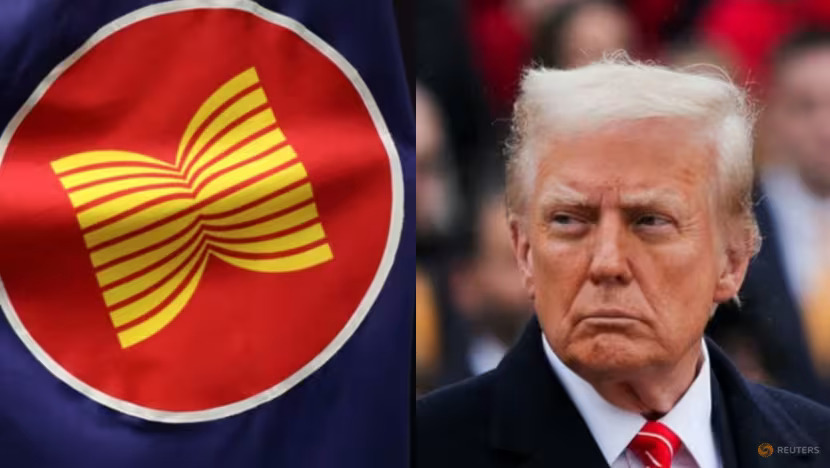Current U.S. Tariff Threats: What’s Driving ASEAN Alarm in July 2025
President Donald Trump has announced sweeping tariff threats targeting up to 14 countries, including six ASEAN members. These measures, set to be imposed starting August 1, 2025—define reciprocal tariff rates ranging from 25% to 40%, affecting exports from Indonesia, Malaysia, Thailand, Cambodia, Laos, and Myanmar. Only Vietnam has negotiated a concession, reducing its tariff rate to 20%.
These new tariffs are part of Trump’s broader “America First” trade policy during his second presidential term, which began on January 20, 2025. The threats were delivered through diplomatic letters sent to targeted nations, sparking surprise and discontent among ASEAN officials, who described their reaction as “shock, frustration, and anger”.
Economic Vulnerability: ASEAN Faces Real-Time Export Disruption Risks
Export-dependent ASEAN economies are particularly exposed:
- ASEAN collectively ranks as the fifth-largest global economy, with many member countries heavily reliant on exports to power growth.
- The threat of steep tariffs comes at a critical time, many supply chains remain vulnerable, and manufacturing hubs could be rerouted.
- Stock markets in Asia responded, though modestly, as investors weighed inflation risks and fallback to safe assets like the yen and gold.
Countries like Japan and South Korea were also targeted with 25% duties, further signaling risk to broader Asian export networks.
ASEAN Response: Regional Unity, Trade Diversification and Diplomatic Pushback
ASEAN leaders have responded swiftly. At a foreign ministers' meeting in Kuala Lumpur, Malaysia's Prime Minister Anwar Ibrahim urged member states to strengthen intra-regional trade and reduce dependency on external markets. Draft statements labeled unilateral tariffs as “counterproductive” and risks to multilateral trade discipline.
Diplomatic coordination intensified ahead of U.S. Secretary of State Marco Rubio’s first trip to Asia, where these tariff measures are anticipated to overshadow planned talks on maritime security and transnational crime.
Countries like Indonesia, Malaysia, and Thailand are now pursuing talks to delay or lower duties before the August deadline. Only Vietnam has reached a partial agreement, gaining a reduced rate from 46% to 20%.
Sectoral and Strategic Implications for ASEAN National Economies
Currency and Investment Reactions
Indonesia’s rupiah, Malaysian ringgit, and Thai baht experienced volatility, triggering foreign institutions to delay investment decisions. Banking sectors encouraged clients to diversify supply chain exposure to mitigate risk.
Supply Chain Reorientation
Manufacturers in ASEAN are accelerating plans to shift production toward Africa, the Middle East, or Latin America, to maintain global exposure. Corporates are pursuing “dual-sourcing” strategies and contingency logistics.
Trade Strategy Recalibration
Surveys show that many ASEAN exporters are reassessing their market portfolios with emphasis on digital services, intra-ASEAN movements, and vertical integrations that reduce price sensitivity.
Conclusion: ASEAN at a Crossroads Amid Trump Tariff Threats
The renewed tariff threats from the U.S. are reshaping ASEAN’s trade calculus in real time. With rates slated to begin August 1, ASEAN governments are acting swiftly: negotiating bilateral relief, reinforcing internal trade mechanisms, and seeking strategic balance.
How ASEAN navigates this moment—unity vs fragmentation, diversification vs dependency—will shape its economic resilience for years ahead.
Read More






 Monday, 12-01-26
Monday, 12-01-26







